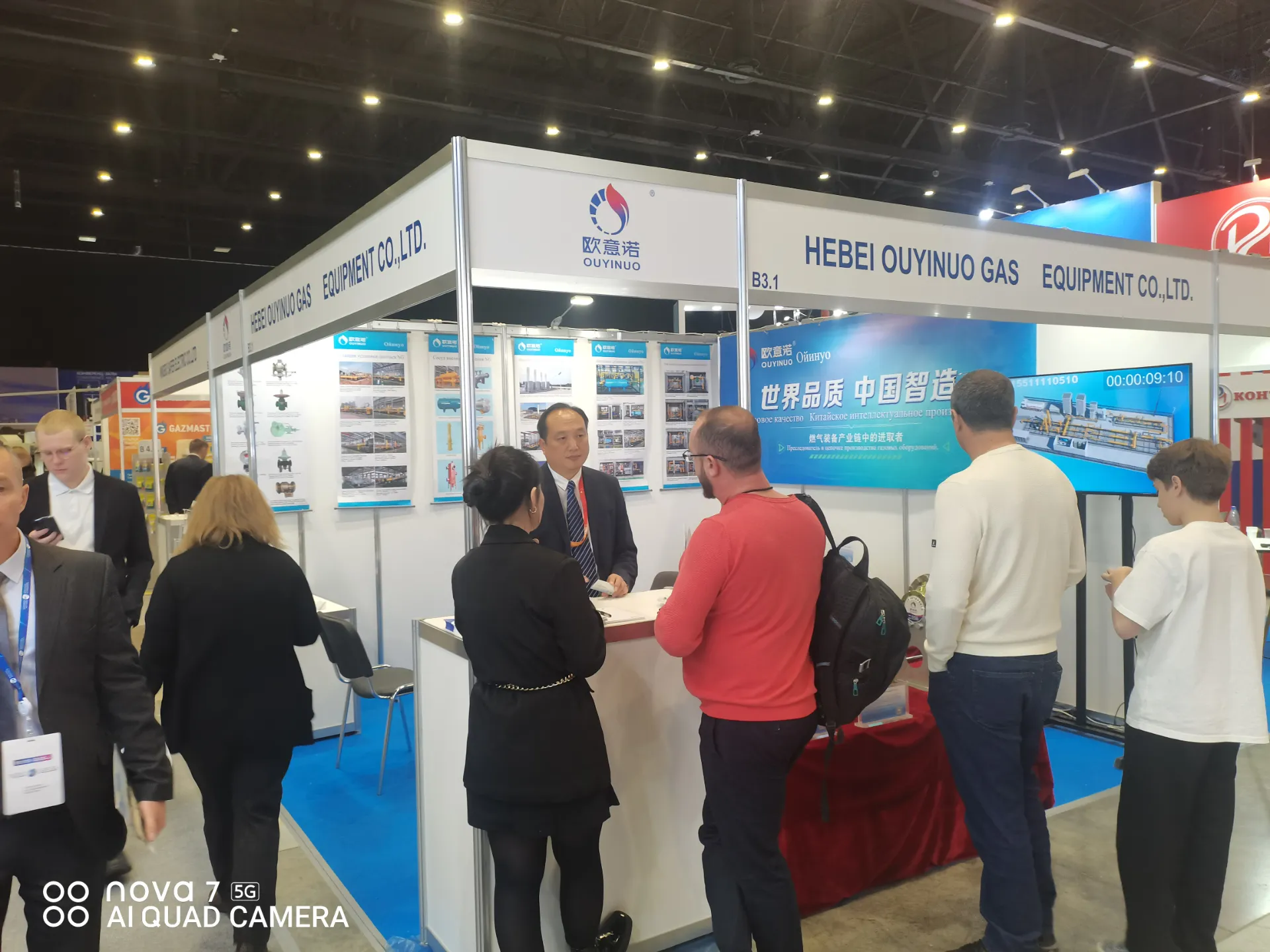
Nov . 15, 2024 13:28
Back to list
صمام أمان الغاز الطبيعي
Natural Gas Safety Valves A Critical Component for Safe Energy Use
Natural gas is a widely utilized energy source around the globe, powering everything from residential heating systems to industrial operations. With its growing use, safety becomes a paramount concern. One of the essential safety mechanisms in natural gas systems is the safety valve, specifically designed to prevent over-pressurization and ensure the safe transportation and usage of natural gas.
.
There are several types of safety valves used in natural gas systems, with the most common being the pressure relief valve (PRV) and the excess flow valve (EFV). The PRV is designed to open at a specific pressure threshold, while the EFV shuts off the gas flow entirely if there is an unusually high flow rate, which could indicate a leak in the system. These devices work together to ensure that any risks associated with gas pressure are effectively managed.
صمام أمان الغاز الطبيعي

Installation and maintenance of safety valves are crucial in ensuring their effectiveness. Local regulations often dictate the spacing and positioning of these valves in gas pipelines. Proper installation by qualified professionals guarantees that the valves will operate correctly under emergency conditions. Additionally, regular maintenance checks are vital to ensure that the valves are functioning as intended. Over time, wear and tear can impair their operation, so routine inspections can prevent potential failures and ensure the continued safety of the gas system.
Consumer awareness also plays a significant role in the management of natural gas safety. Homeowners must be educated about the signs of gas leaks, such as the smell of rotten eggs (due to added odorants) or any hissing sounds near gas lines. They should also understand their gas systems, where the safety valves are located, and the importance of never blocking or tampering with them.
In conclusion, safety valves are critical components of natural gas systems, providing a vital line of defense against potential hazards associated with high-pressure gas. With the proper installation, maintenance, and consumer awareness, these devices contribute significantly to the safe use of natural gas, protecting lives and property. As we continue to rely heavily on natural gas in our daily lives, investing in these safety mechanisms is not just prudent; it is essential for ensuring a safe and sustainable energy future.
Next:
Latest news
-
Safety Valve Spring-Loaded Design Overpressure ProtectionNewsJul.25,2025
-
Precision Voltage Regulator AC5 Accuracy Grade PerformanceNewsJul.25,2025
-
Natural Gas Pressure Regulating Skid Industrial Pipeline ApplicationsNewsJul.25,2025
-
Natural Gas Filter Stainless Steel Mesh Element DesignNewsJul.25,2025
-
Gas Pressure Regulator Valve Direct-Acting Spring-Loaded DesignNewsJul.25,2025
-
Decompression Equipment Multi-Stage Heat Exchange System DesignNewsJul.25,2025

